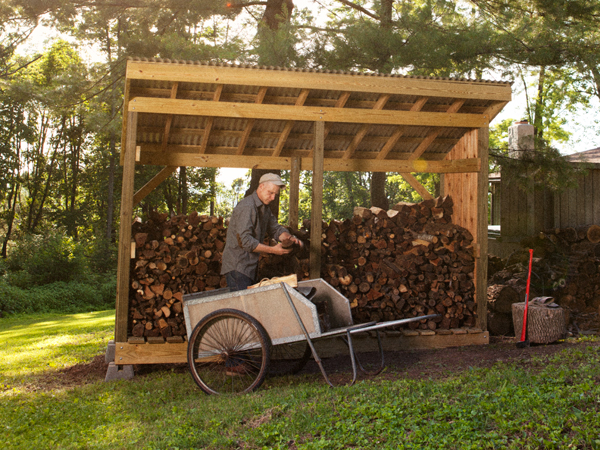Winding sticks are an essential tool for any woodworker. So how have I got to this advanced stage of life without ever having made a pair? Well for years, decades, actually, I have made do with two spirit levels, a blue one and a white one. They worked very well, until someone stole the contents of my workshop. I now have a selection of spirit levels, all of them bright yellow!
So for the last couple of years I have had Winding Sticks on my to-do list. Last weekend I visited the workshops of Peter Sefton, who has a beautiful woodworking school and tool shop in rural Worcestershire. I was there to demonstrate his new range of router tables, but also on display was the work of his students in their first term of furniture-making tuition. The workmanship of some of the pieces from guys less than half my age put my work to shame. One of the projects Peter gets them to make is a pair of winding sticks, and so I determined to make myself a Rolls-Royce pair.
Winding sticks are two very precisely made pieces of wood. They are dead straight and there is a visual contrast between the two. They will tell me whether my piece of wood or frame is properly flat.
Any piece of wood that we plane up usually has to be true and flat. Unfortunately, wood has a tendency to move as its water content changes and that means that it may not be as flat as we would like. The consequences of this manifest themselves further down the line when we join components together, such as in a rail and stile door, or a face-frame. If it is not glued up planar, then doors do not close at both top and bottom and frames of any kind have one corner which kicks out. We don't want that. We want Flat. Very Flat Indeed.
Winding sticks help because they exaggerate any deviation from flat. We call this Wind (that is Wind as in Clock, not Wind as in Hurricane). Winding sticks are our friends, because they warn us of problems further down the line.
Traditionally, winding sticks have a wingtip at each end of the rear-most stick, which is a contrasting colour to the main stick. That is fine, provided that the background against which I view the wingtip is clearly defined against the general background. But my background consists of a bandsaw and a couple of wall-hung storage boards. So why not make the visual contrast an integral part of the device? So I have inlaid a strip a little down from the top edge, where it would normally be. This gives me a dark background to the white line and has the added bonus of me not having to bend down quite so low to use them. And, as I get older and more decrepit, that begins to matter!
To make my winding sticks I have chosen American Black Walnut and English Sycamore. Sycamore is part of the Acer family (Acer Pseudoplantanus), so it is really a type of soft maple. It is nice and white and makes a good contrast to the walnut. You can use any two contrasting woods, as long as one is dark and the other is light. The only problem with walnut is that it is soft to the touch, it is easy to ding with even a fingernail, so if you can find something physically harder, that would be even better.
So I started with a piece of American Black Walnut and planed it up with my sharpest plane and my most accurate try square. This is an exercise in hand-tool precision. It has to be straight and square. It was, for a while, and then I had to do it all over again because it moved. Twice. I did end up with something with which I was happy but I am assuming that it will be a compromise for ever.
Its final dimensions were 520 x 55 x 34mm.
I want to keep both sticks together, so I bought a length of brass rod, 6mm diameter, and drilled a pair of holes for them. I stopped about 6mm short of going right through.
The shape of winding sticks is also traditional rather than functional. We are viewing two edges, one against the other, and it is traditional for those edges to be thin. So I marked a couple of bevels and set my tablesaw up to cut them.
Now my tablesaw is a version of a very old, American, well-established, design. That means that the blade tilts towards the fence, and that is a bit of a problem, as it increases the risk of the workpiece getting jammed between the fence and the blade.
More modern designs have the blade tilting away from the fence, so that nothing gets trapped at all, so I reduce the risk by moving my fence to the left of the blade. The only problem for me now is that my SUVA guard no longer fits, but I have a stand-alone magnetic guard which keeps my fingers away from the blade.
So I bevelled both sides to 16 degrees.

























































































